- No products in the cart.
Panadol suppositories 250mg 10 pieces
$1.38
Panadol suppositories 250mg 10 pieces
SKU: 1075102021 Categories: Cold and flu, Medicaments, Temperature Tags: 3 months, GlaxoSmithKline Helsker
Description
Composition
Active substance:
Active substance: 250 mg paracetamol
Excipients:
solid fats 830 mg.
Description:
White or almost white in appearance homogeneous fatty suppositories conical shape with no physical defects and visible inclusions and irregularities.
Product form:
Rectal suppositories. 5 suppository into strips of polyvinyl chloride and polyethylene. 2 strips were placed in a cardboard box with instructions for use.
Contraindications
Child drug Panadol advised not to take patients with: hypersensitivity to paracetamol or any other component of the formulation; human liver function and kidney severe; blood diseases; recent inflammation or bleeding in the rectum (contraindications associated with the administration by); genetic absence of glucose 6-phosphate dehydrogenase; simultaneous reception of other paratsetamolsoderzhaschih drugs, medications to relieve the symptoms of “cold” and the flu, analgesic and antipyretic drugs; Children aged up to 5 years.
Dosage
250 mg
Indications
The drug Kids Panadol used in children from 5 years to 11 years with a body weight of from 16 to 40 kg, as: antipyretic – to reduce elevated body temperature on the background of colds, flu and childhood infectious diseases (chicken pox, mumps, measles , rubella, scarlet fever, whooping cough, and so forth.), as well as after vaccination. Analgesic (pain syndrome with mild or moderate in intensity) when: toothache, including erupting teeth or removal; headache and migraine; sore throat; pain in the muscles and joints; earache with otitis.
Interaction with other drugs
If a child is already taking other medications, prior to taking the drug Panadol Baby should consult a doctor. We do not recommend taking the drug Panadol Baby concomitantly with other drugs paratsetamolsoderzhaschimi because it can lead to an overdose of paracetamol. Barbiturates, carbamazepine, phenytoin, phenytoin, primidone and other anticonvulsants, ethanol, rifampicin, AZT, flumetsinol, phenylbutazone, phenylbutazone, preparations of Hypericum perforatum and other inducers of microsomal oxidation increase the production of hydroxylated active metabolites, causing the possibility of severe liver disease with small overdose of paracetamol (5 g or more). Inhibitors of microsomal liver enzymes decrease the risk of hepatotoxicity. Under the action of paracetamol clearing time chloramphenicol (chloramphenicol) increases 5 times, thereby increasing the risk of poisoning chloramphenicol (chloramphenicol). When taken regularly for a long time the drug enhances the effect of indirect anticoagulants (warfarin and other coumarin), which increases the risk of bleeding. Episodic receiving a single dose of the drug has no significant effect on the action of anticoagulants. Metoclopramide and domperidone to increase, and cholestyramine reduces the rate of absorption of paracetamol. The drug may reduce the effectiveness of uricosuric drugs.
Overdose
The drug should only be taken in recommended doses!
If you suspect an overdose, even in good health, you must stop using the product and consult a doctor immediately, because there is a risk of delayed serious liver damage and may require hospitalization. Symptoms of an overdose of paracetamol may develop liver failure which can result in the need for liver transplantation or died. During the first 24 hours are possible: paleness of the skin, nausea, vomiting, stomach pain, sweating. 24-48 hours after the overdose may manifest clinical signs of liver disease (pain in the liver area, increased activity “liver” enzymes) and the peak on the fourth – the sixth day. May show signs of glucose metabolism and metabolic acidosis. Toxic effects in adults is possible after taking over 10 g of paracetamol in children – when taking more than 125 mg / kg body weight. If a patient glutathione deficiency due to eating disorders, cystic fibrosis, HIV infection, starvation or exhaustion overdose can be achieved using lower doses. In case of severe poisoning can develop severe liver failure until liver encephalopathy, liver transplant needed, coma and death may occur in addition hemorrhage, hypoglycemia, brain edema. Acute renal failure with acute tubular necrosis, which is diagnosed by severe pain in the lumbar region, hematuria and proteinuria, may develop without severe hepatic dysfunction. There are reports of cardiac arrhythmias and pancreatitis with an overdose of paracetamol. Prolonged use in excess of the recommended dose may be observed hepatotoxicity and nephrotoxicity (renal colic, nonspecific bacteriuria, interstitial nephritis, papillary necrosis). At the first sign of overdose should seek emergency medical attention even in the absence of distinct symptoms of poisoning. In the early period of symptoms may be limited to nausea or vomiting and may not reflect the degree of the severity of overdose or the degree of internal organ damage risk. Treatment: In case of overdose, caused by the introduction of paracetamol rectal, gastric lavage, and receive enterosorbents ineffective. After four hours or more after the intended overdosing is necessary to determine the concentration of paracetamol in plasma (earlier definition paracetamol concentrations may be misleading). acetylcysteine treatment may be up to 24 hours after ingestion of paracetamol, however, the maximum hepatoprotective effect can be obtained in the first 8 hours after the overdose, then an antidote efficiency sharply falls. If necessary acetylcysteine can be administered intravenously. In the absence of emesis alternative embodiment (without the possibility of quick inpatient care) is the designation methionine inside. The need for additional therapeutic activities (further administration of methionine, acetylcysteine intravenous administration) is determined depending on the blood concentration of paracetamol, as well as on the time elapsed after administration. Treatment of patients with serious hepatic dysfunction at 24 hours after ingestion of paracetamol should be carried out together with specialists or poison control center specialized branch of liver diseases.
pharmachologic effect
Pharmacological group:
N02BE01
Pharmacodynamics:
The mechanism of action of Paracetamol has antipyretic and analgesic action. The mechanism of action of paracetamol is believed, it is to inhibit prostaglandin synthesis primarily in the central nervous system; paracetamol blocks cyclooxygenase in the central nervous system, acting on pain centers and thermoregulation. Anti-inflammatory effect is practically absent. Paracetamol has an extremely small influence on prostaglandin synthesis in peripheral tissues, so it does not change the water and electrolyte metabolism and does not damage the mucosa of the gastrointestinal tract. This property makes paracetamol formulation particularly suitable for patients with diseases of the gastrointestinal tract in history (e.g., patients with gastrointestinal bleeding history or elderly patients) or in patients receiving concomitant drug treatment, wherein the peripheral inhibition of prostaglandin may be undesirable.
Pharmacokinetics:
Absorption Absorption of paracetamol in the gastrointestinal tract – high. When rectal administration is rapidly and almost completely absorbed. Maximum plasma concentrations achieved 2-3 hours after administration. Allocation of paracetamol in the body fluids and tissues are relatively evenly. Plasma protein binding is approximately 15%. Metabolism Paracetamol is metabolized primarily in the liver to form several metabolites. In infants and children younger than 12 years, the main metabolite of paracetamol is conjugated sulphate paracetamol. Children 12 years and older is a major metabolite of paracetamol glucuronide conjugated. Part of the drug (about 17%) is subjected to hydroxylation with formation of active metabolites which are conjugated with glutathione to form already inactive metabolites. With a lack of glutathione, these metabolites may block the enzyme systems of hepatocytes and cause their death. Excretion Paracetamol excreted by the kidneys as metabolites, mainly glucuronide and sulfate conjugates of about 3% is released in unaltered form. The half-life of 4 – 5 h for 24 hours in urine is allocated 90% of the dose of paracetamol..
Pregnancy and breast-feeding
It is used for children
Conditions of supply of pharmacies
Without recipe
side effects
The recommended dosage is generally well tolerated drug. The following adverse reactions identified spontaneously during post-marketing the drug. Adverse reactions are classified by body system and in accordance with the frequency of development. The frequency of adverse reactions is determined as follows: very often (> 1/10), often (> 1/100 and
special instructions
If you are taking the drug improved condition is not observed, it is necessary to consult a doctor. Child Panadol drug in the dosage form of suppositories for rectal shown children difficult to take pills or prone to emetic response. When carrying out tests for determination of uric acid in blood sugar levels inform the doctor on the application of the drug since the drug may distort the results of laboratory tests. When receiving the drug for more than 7 days is recommended to control the peripheral blood and functional state of the liver. Concomitant liver diseases increase the risk of further damage to the liver while taking the drug Panadol Child. Patients who have been diagnosed with liver or kidney failure, before use should consult a doctor. Patients with glutathione deficiency due to an eating disorder, dietary fibrosis, HIV infection, starvation, exhaustion, subject to an overdose, so it is necessary to take precautions and before taking this medication are advised to consult with a physician. Reported cases of liver failure / liver dysfunction with small overdoses of paracetamol in patients with low levels of glutathione, particularly in extremely malnourished patients with anorexia, alcoholism, or patients with a low body mass index. Use of the drug Child Panadol patients with low levels of glutathione, e.g., in sepsis, may increase the risk of metabolic acidosis, accompanied by symptoms of palpitations, shortness of breath, nausea, vomiting, loss of appetite. With the simultaneous manifestation of these symptoms should seek immediate medical attention. The drug should not be taken concomitantly with other drugs paratsetamolsoderzhaschimi. When paracetamol overdose may develop liver failure which can result in the need for liver transplantation or died. To avoid liver toxicity drug should not be combined with ethanol-containing drugs.
Storage conditions
Store at a temperature not higher than 25 ° C. Keep out of the reach of children.
Dosing and Administration
For rectal administration. Do not exceed this dose!
Should apply the lowest dose necessary to achieve the effect, for the shortest period of time!
The minimum interval between doses of the drug should be at least 4 hours. Prior to administration of the drug wash hands and release suppository of a plastic shell. Gently enter suppository index finger into the anus of the child (preferably after enema or spontaneous bowel movements). It will be easier to enter at the position of the child on the left side with one leg pulled up to his stomach. The maximum daily dose of 60 mg / kg body weight, administered at 10 – 15 mg / kg body weight, 3-4 times a day every 4 – 6 hours children weighing 16 to 31 kg (usually between 5 and 9. s) – 1 suppository (250 mg) was no more than 4 times per day. Children weighing 32 to 40 kg (usually 10-11 years) – 2 suppository 250mg up to 4 times a day. It is not recommended to take the drug as an antipyretic for more than 3 days without consulting a doctor. Do not take simultaneously with other paratsetamolsoderzhaschimi agents, to relieve the symptoms of “cold” and the flu, as well as ethanol-containing agents. If you are taking the drug symptoms persist, seek medical advice. If you exceed the recommended dose of the drug to immediately seek medical help, even if you feel well. An overdose of acetaminophen can cause liver and kidney failure. Special groups of patients Patients with impaired renal function, before application of the drug Child Panadol patients with impaired renal function to consult with a physician is necessary. Limitations associated with the use of preparations containing the active substance in patients with impaired renal function, especially associated with the content in the drug acetaminophen. Patients with abnormal liver function: Before using the product Child Panadol patients with impaired liver function to consult with a physician is necessary. Limitations associated with the use of preparations containing the active substance in patients with impaired liver function, primarily related to the content in the drug acetaminophen.
Information
Appearance may differ from that depicted in the picture. There are contraindications. You need to read the manual or consult with a specialist
Additional information
| Weight | 0.100 kg |
|---|---|
| Manufacturer | GlaxoSmithKline Helsker |

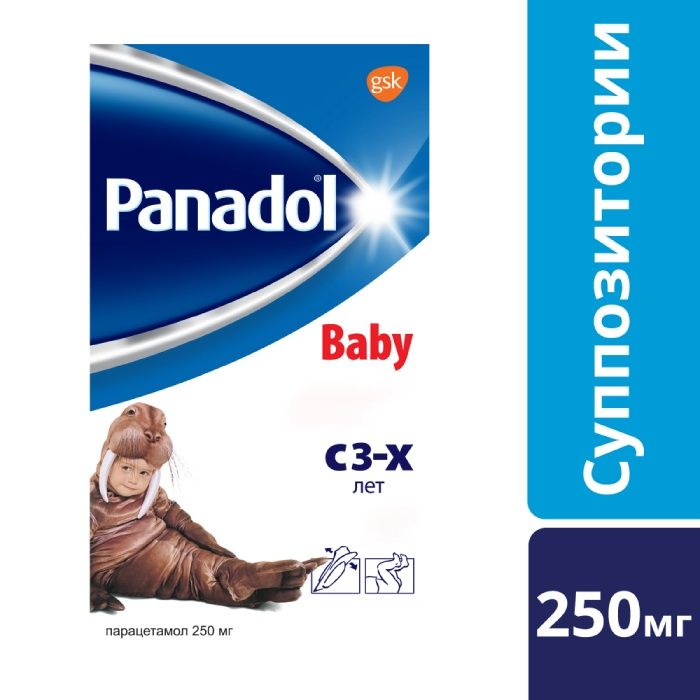
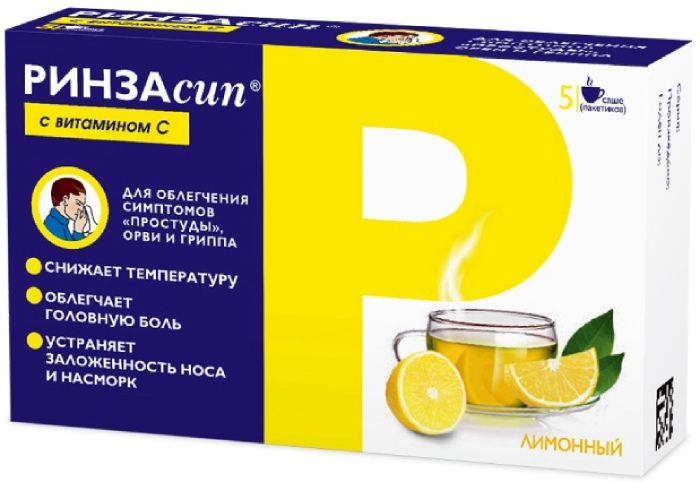
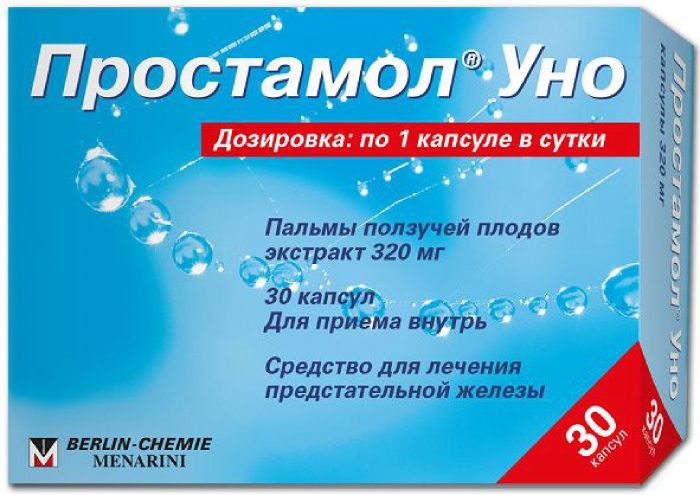
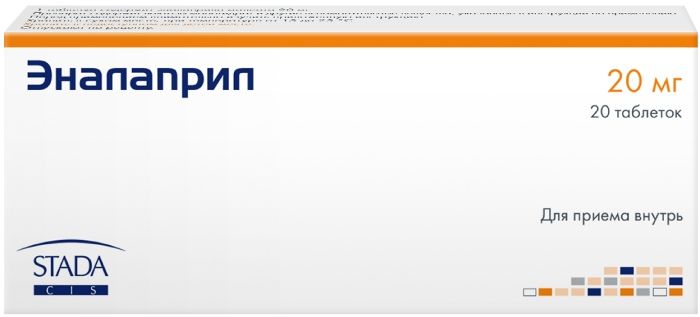
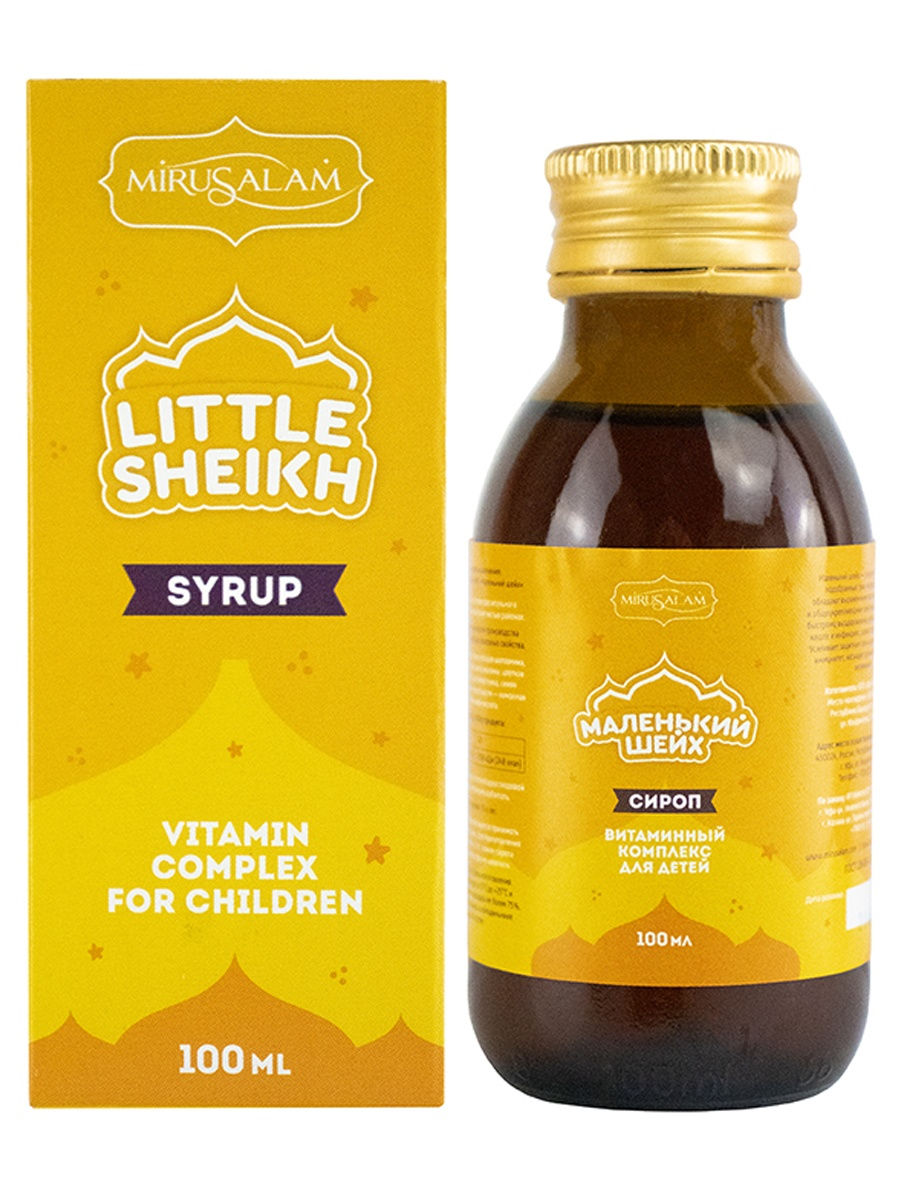
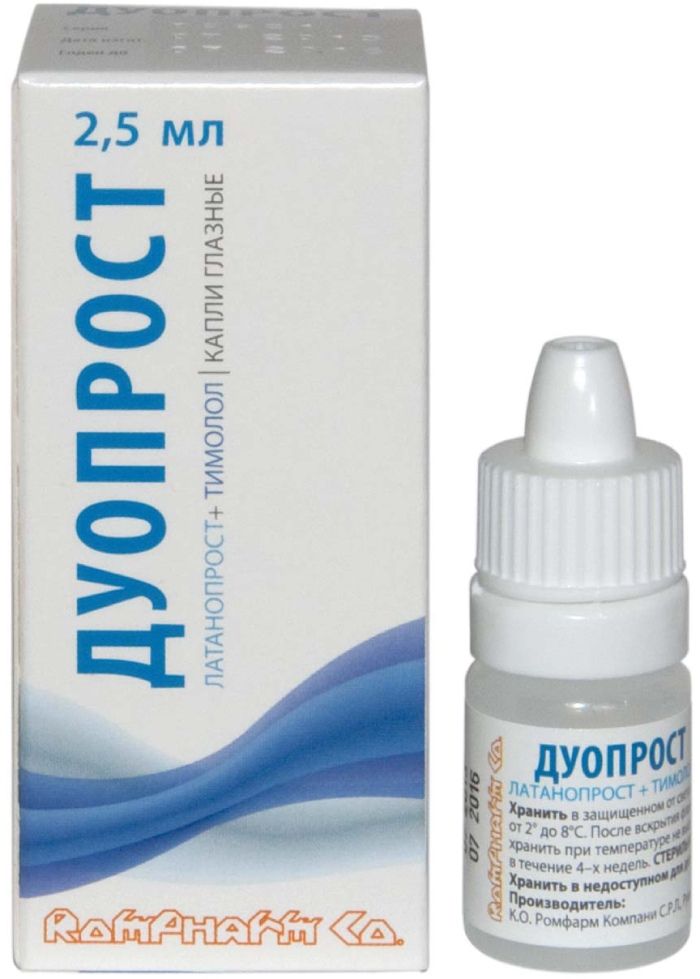
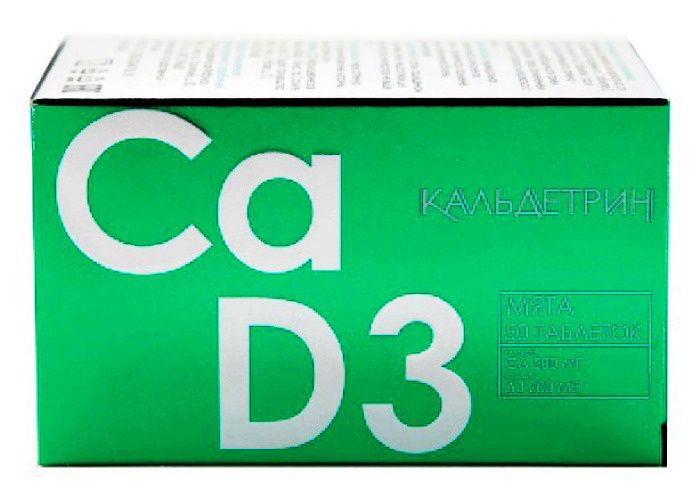

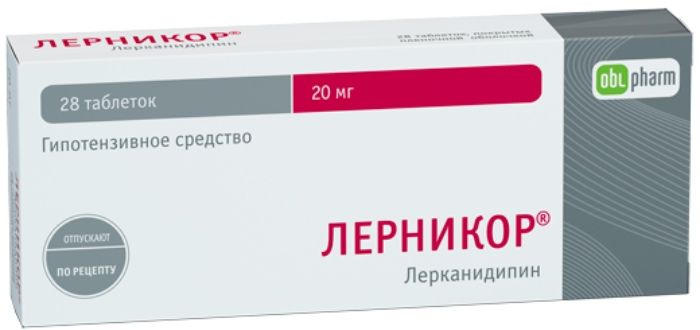




There are no reviews yet.